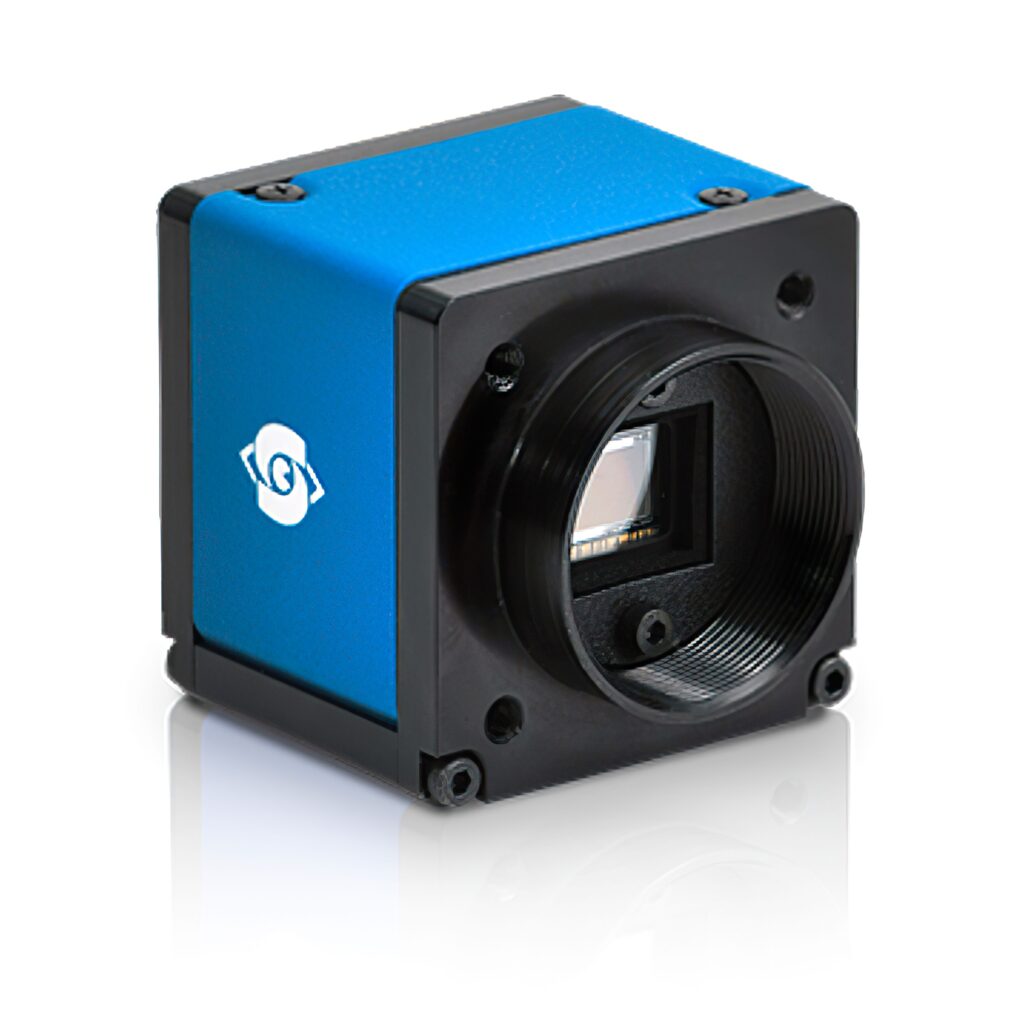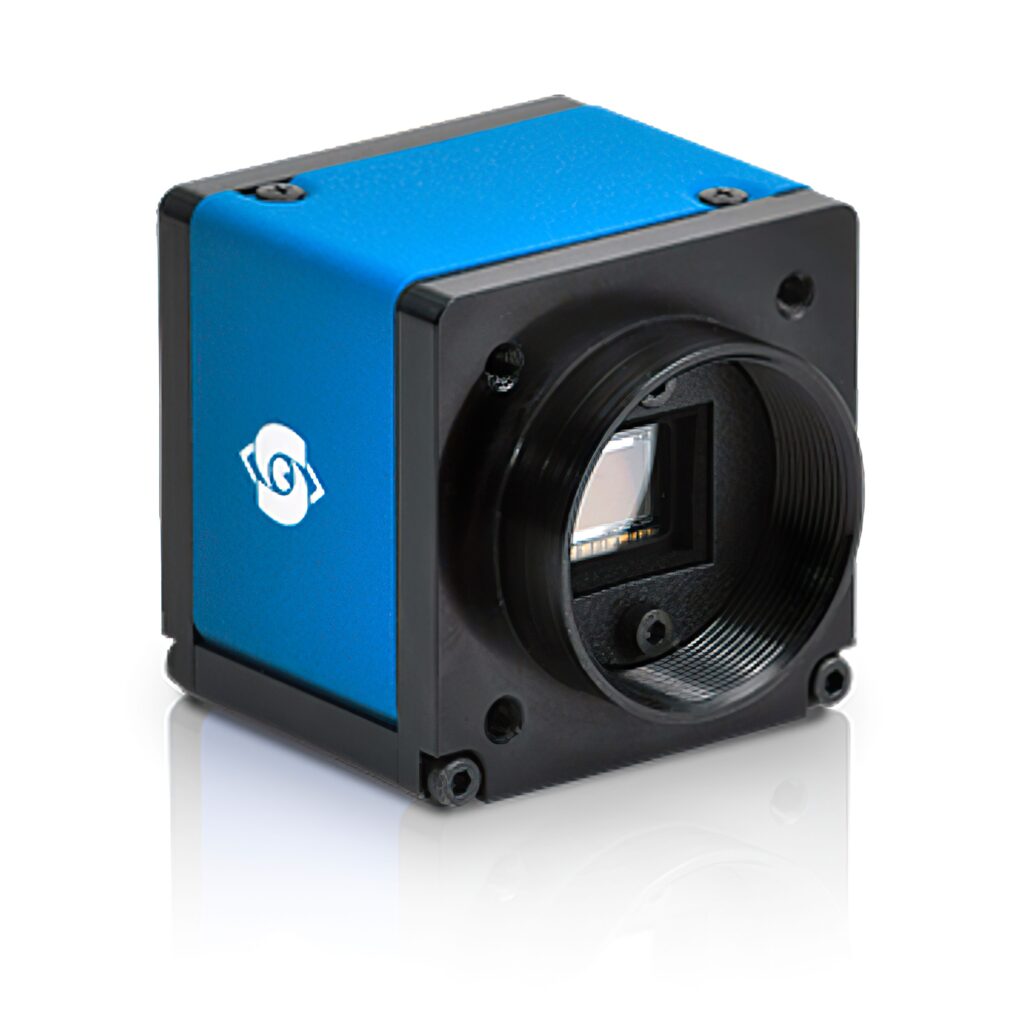To help address the issue of fog hampering autonomous vehicle vision, scientists at the University of Stuttgart have carried out a large-scale experiment using cameras from SVS-Vistek to investigate whether holographic imaging is reliable in providing environmental perception during foggy scenarios.
The research team compared single-shot off-axis digital holography to conventional imaging with coherent illumination. Results showed that holographic imaging requires 30 times less illumination power for the same imaging range.
During the experiment, the scientists built an off-axis holographic setup in an image plane configuration which mimicked a car on a foggy road. For a light source the team used a continuous wave laser with an optical power output of up to 4W which was used to illuminate a 27m metal tube filled with ultrasonically generated fog. Several large objects differing in size were then placed on one end of the tube, and light reflected from these objects was then collected by the lens before being imaged onto an SVS-Vistek eco655MVGE camera in 8-bit mode.
With the camera set at a resolution of 2448 x 2050 pixels and a pixel size of 3.45μm, fog density was monitored by measuring the beam attenuation of a separate 780nm diode laser with a power meter in one-way propagation. Having compiled the image data, the research team then compared both techniques at a value that corresponds to the limit where the object becomes visible to human perception in the fog.

 In addition to using 30% less power, the team also found that unlike conventional imaging equipment, holographic imaging is immune to an increase in detection noise. The findings suggest that as the amount of stray light hitting a detector increases, holographic imaging will still perform well.
In addition to using 30% less power, the team also found that unlike conventional imaging equipment, holographic imaging is immune to an increase in detection noise. The findings suggest that as the amount of stray light hitting a detector increases, holographic imaging will still perform well.
The researchers state that the dimensions and scattering media used during the experiments are extremely close to real-world autonomous driving conditions, and the team believes these findings underscore the utility of holographic imaging as a new sensor concept in automotive engineering.


